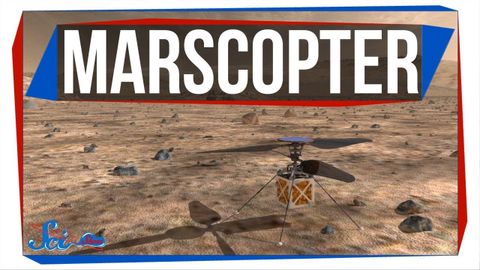NASAは火星にヘリコプターを送るかもしれない (NASA Might Send a Helicopter to Mars)
林宜悉 が 2021 年 01 月 14 日 に投稿  この条件に一致する単語はありません
この条件に一致する単語はありませんUS /pəˈtɛnʃəlɪ/
・
UK /pə'tenʃəlɪ/
US /ɪkˈspɛrəmənt/
・
UK /ɪk'sperɪmənt/
- n. (c./u.)実験;試み
- v.t./i.実験をする;試みる
US /ɪkˈspɛkt/
・
UK /ɪk'spekt/
US /aɪˈdɛntəˌfaɪ/
・
UK /aɪ'dentɪfaɪ/
エネルギーを使用
すべての単語を解除
発音・解説・フィルター機能を解除

